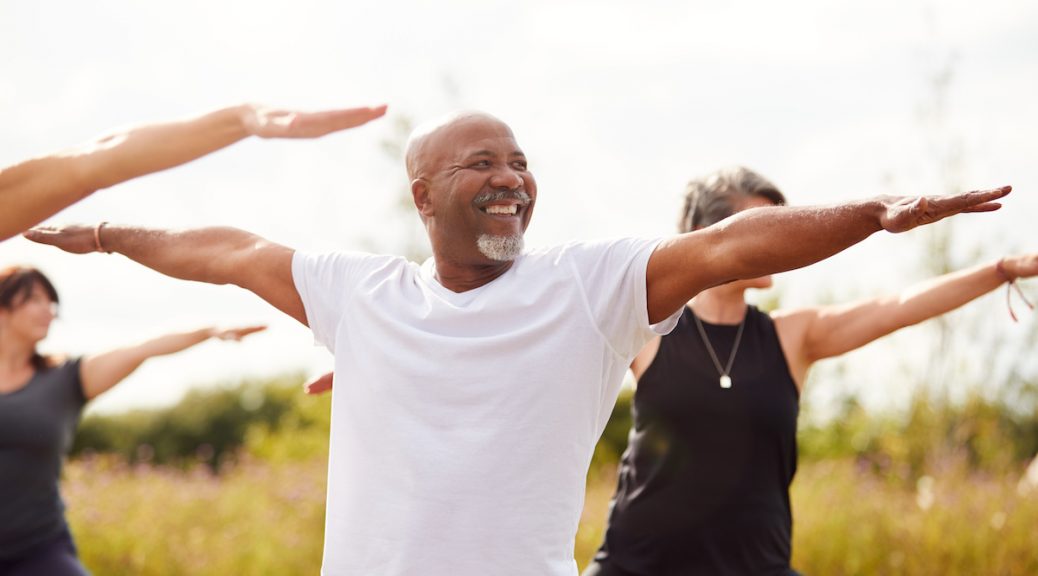Wellness is something that should be a part of anyone’s everyday life. Oftentimes, people do not consider their orthopedic health in this category. However, simple everyday practices can elevate your orthopedic health while contributing positively to other areas of the body. You can see real results in how your body feels with just a few switches.
Everyday Practices For Orthopedic Health
At Paris Orthopedics, we want to contribute to your success throughout your life, not only when you face an orthopedic issue. With these practices, you can prevent injury and feel more able to do the activities and exercise you want.
Implement A Healthy Diet
Diet can impact your health in so many ways. By eating foods that are good for your bones, muscles, and joints, you can alter the way your body feels while also strengthening your orthopedic areas as well. Everyone’s ideal diet may not be the same. That is why it is also important to find out what works best for you. Leafy greens, Omega-3, dairy, fruits, and nuts are just a few examples of great products to incorporate into your diet.
Maintain A Healthy Weight
Your weight can play a large role in the changes that your body experiences. At a healthy weight for your body, it is distributed in an effective way that can get you moving without putting too much pressure on your joints and in turn, weakening your muscles as well. This is something to talk to your doctor about to see what the ideal place for you to be is.
Bring Movement Into Your Day
Get up and get moving! Adding any movement to your day can improve your orthopedic health. Something as simple as a daily walk or getting moving during a work day can help. Your body does not do well under a low movement life. It needs a change to utilize the various muscles and energy to keep performing to the best of your ability.
Consider Low Impact Exercises
If you have been struggling to find exercise routines that don’t hurt your body, it may be time to try low-impact options. You may think that low-impact exercises are not as effective for the fitness results you want, but this is not the case. They are softer on joints while also providing great workouts. One of the most popular options is swimming. However, walks, rowing, biking, and skating are all great options that won’t put wear and tear on your body.
Focus On Your Core Strength
Your core strength is so important to the rest of your body’s health. The strength of your core can contribute to better balance and support a healthy spine. When your posture and balance are doing well, you can feel the results throughout the way you move.
There are so many types of exercise to strengthen your core. The Mayo Clinic provides an entire list so that you can find the ones that appeal best to your lifestyle. Often, they are easy options to incorporate into your current work.
Talk To An Orthopedic Doctor
Sometimes, something you haven’t considered a big issue may be one. Don’t sacrifice your health further by not taking the time to talk to someone about your concerns.
It is never too late to bring new everyday practices into your life to enhance orthopedic health. While some of these may not be for you, even just a few adjustments can make a big change. Are you looking for even more ideas to bring into your lifestyle? Paris Orthopedics is here to help. Check out our website or give us a call at (903) 737-0000 for more information.




